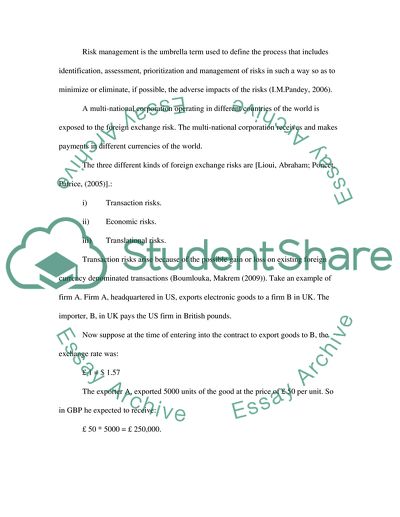Cite this document
(“Corporate Finance and Derivatives Assignment Example | Topics and Well Written Essays - 2750 words”, n.d.)
Corporate Finance and Derivatives Assignment Example | Topics and Well Written Essays - 2750 words. Retrieved from https://studentshare.org/finance-accounting/1751513-corporate-finance-and-derivatives
Corporate Finance and Derivatives Assignment Example | Topics and Well Written Essays - 2750 words. Retrieved from https://studentshare.org/finance-accounting/1751513-corporate-finance-and-derivatives
(Corporate Finance and Derivatives Assignment Example | Topics and Well Written Essays - 2750 Words)
Corporate Finance and Derivatives Assignment Example | Topics and Well Written Essays - 2750 Words. https://studentshare.org/finance-accounting/1751513-corporate-finance-and-derivatives.
Corporate Finance and Derivatives Assignment Example | Topics and Well Written Essays - 2750 Words. https://studentshare.org/finance-accounting/1751513-corporate-finance-and-derivatives.
“Corporate Finance and Derivatives Assignment Example | Topics and Well Written Essays - 2750 Words”, n.d. https://studentshare.org/finance-accounting/1751513-corporate-finance-and-derivatives.


